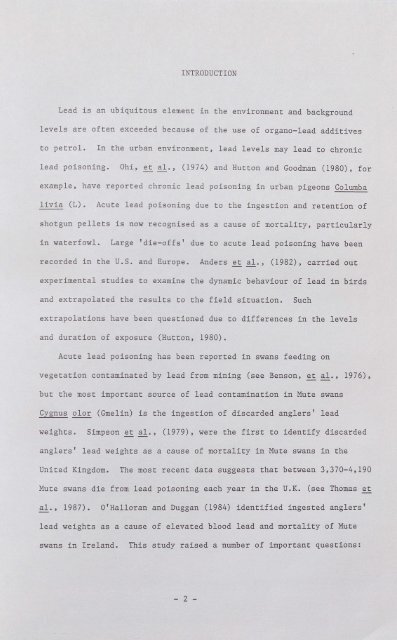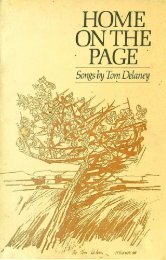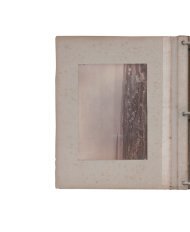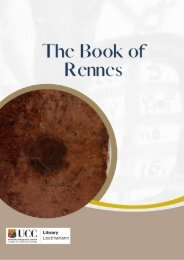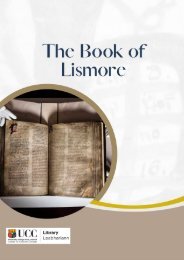Lead Toxicity in Mute Swans
LEAD TOXICITY IN MUTE SWANS Cygnus olor (Gmelin). By JOHN O'HALLORAN A thesis submitted to the National University of Ireland in candidature for the degree of Doctor of Philosophy September 1987
LEAD TOXICITY IN MUTE SWANS
Cygnus olor (Gmelin).
By
JOHN O'HALLORAN
A thesis submitted to the National University of Ireland
in candidature for the degree of Doctor of Philosophy
September 1987
Create successful ePaper yourself
Turn your PDF publications into a flip-book with our unique Google optimized e-Paper software.
INTRODUCTION<br />
<strong>Lead</strong> is an ubiquitous element <strong>in</strong> the environment and background<br />
levels are of ten exceeded because of the use of organo-lead additives<br />
to petrol.<br />
In the urban environment, lead levels may lead to chronic<br />
lead poison<strong>in</strong>g.<br />
Ohi, et al., (1974) and Hutton and Goodman (1980), for<br />
example, have reported chronic lead poison<strong>in</strong>g <strong>in</strong> urban pigeons Columba<br />
livia (L).<br />
Acute lead poison<strong>in</strong>g due to the <strong>in</strong>gestion and retention of<br />
shotgun pellets is now recognised as a cause of mortality, particularly<br />
<strong>in</strong> waterfowl.<br />
Large 'die-offs' due to acute lead poison<strong>in</strong>g have been<br />
recorded <strong>in</strong> the U.S. and Europe.<br />
Anders et al., (1982), carried out<br />
experimental studies to exam<strong>in</strong>e the dynamic behaviour of lead <strong>in</strong> birds<br />
and extrapolated the results to the field situation.<br />
Such<br />
extrapolations have been questioned due to differences <strong>in</strong> the levels<br />
and duration of exposure (Hutton, 1980).<br />
Acute lead poison<strong>in</strong>g has been reported <strong>in</strong> swans feed<strong>in</strong>g on<br />
vegetation contam<strong>in</strong>ated by lead from m<strong>in</strong><strong>in</strong>g (see Benson, et al., 1976),<br />
but the most important source of lead contam<strong>in</strong>ation <strong>in</strong> <strong>Mute</strong> swans<br />
Cygnus olor (Gmel<strong>in</strong>) is the <strong>in</strong>gestion of discarded anglers' lead<br />
weights.<br />
Simpson et al., (1979), were the first to identify discarded<br />
anglers' lead weights as a cause of mortality <strong>in</strong> <strong>Mute</strong> swans <strong>in</strong> the<br />
United K<strong>in</strong>gdom. The most recent data suggests that between 3,370-4,190<br />
<strong>Mute</strong> swans -die from lead poison<strong>in</strong>g each year <strong>in</strong> the U.K. (see Thomas et<br />
al., 1987).<br />
O'Halloran and Duggan (1984) identified <strong>in</strong>gested anglers'<br />
lead weights as a cause of elevated blood lead and mortality of <strong>Mute</strong><br />
swans <strong>in</strong> Ireland.<br />
This study raised a number of important questions:<br />
- 2 -


